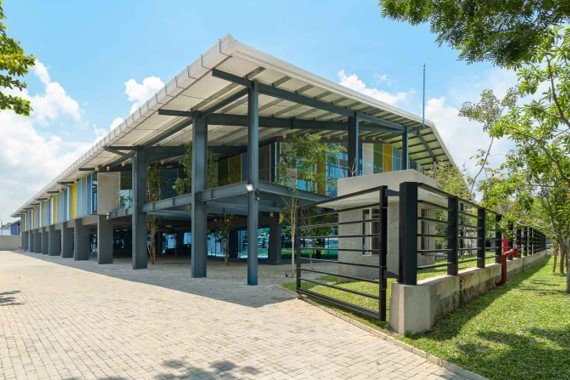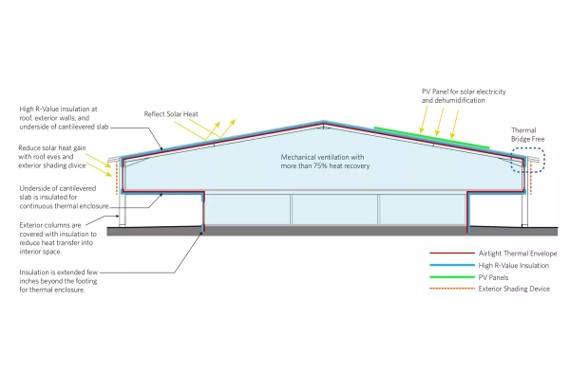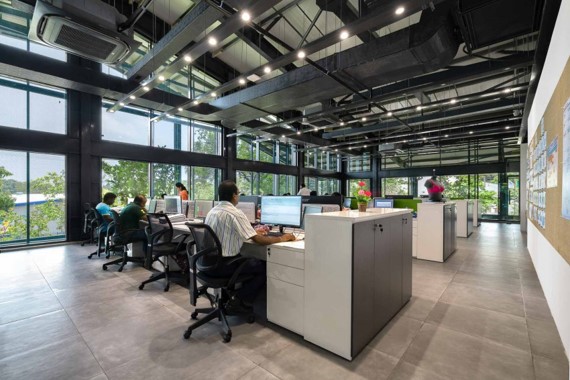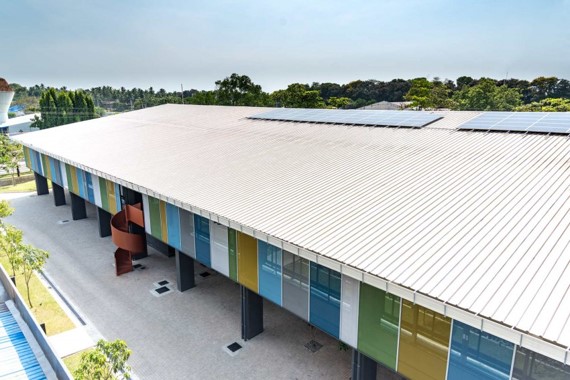Star Garment Innovation Center
Katunayake, Sri Lanka
Summary
| Location | Katunayake, Sri Lanka |
| Coordinates | 7° N, 80° E |
| Occupancy Type | Factory / Industrial |
| Typology | Existing, Retrofit |
| Climate Type | Tropical |
| Project Area | 3,675 m2 |
| Date of Completion | 2018 |
| Grid Connectivity | Grid-connected |
| EPI | 164 kWh/m2/yr |
| Passive House Design | Jordan Parnass Digital Architecture (JPDA) |
| Architect & Interior Design | Vinod Jayasinghe Associates (Pvt) Ltd |
| Energy Consultants | Steven Winter Associates (SWA) |
The Star Innovation Center is an existing garment manufacturing factory building retrofitted through careful design and engineering for sustainability, energy efficiency, and worker comfort. The factory building has been upgraded to meet the Passive House standard, thus making it the first certified Passive House (PH) building in Sri Lanka and one of only a handful of certified PH projects in tropical climates.
The building is a milestone as it sets new standards by applying cutting-edge sustainable technologies – providing year-round
comfort in the workspace, abundant natural light, low humidity, filtered fresh air, and maintaining temperatures near a constant 24°C. The benefit of these features is reflected in the reduced annual energy use by around 54%.
The Star Innovation Center generates approximately 11% of its energy through installed solar photovoltaic panels spread over an area of 2,549 m2 with an approximate generation of 19 kWh/m2/yr.





